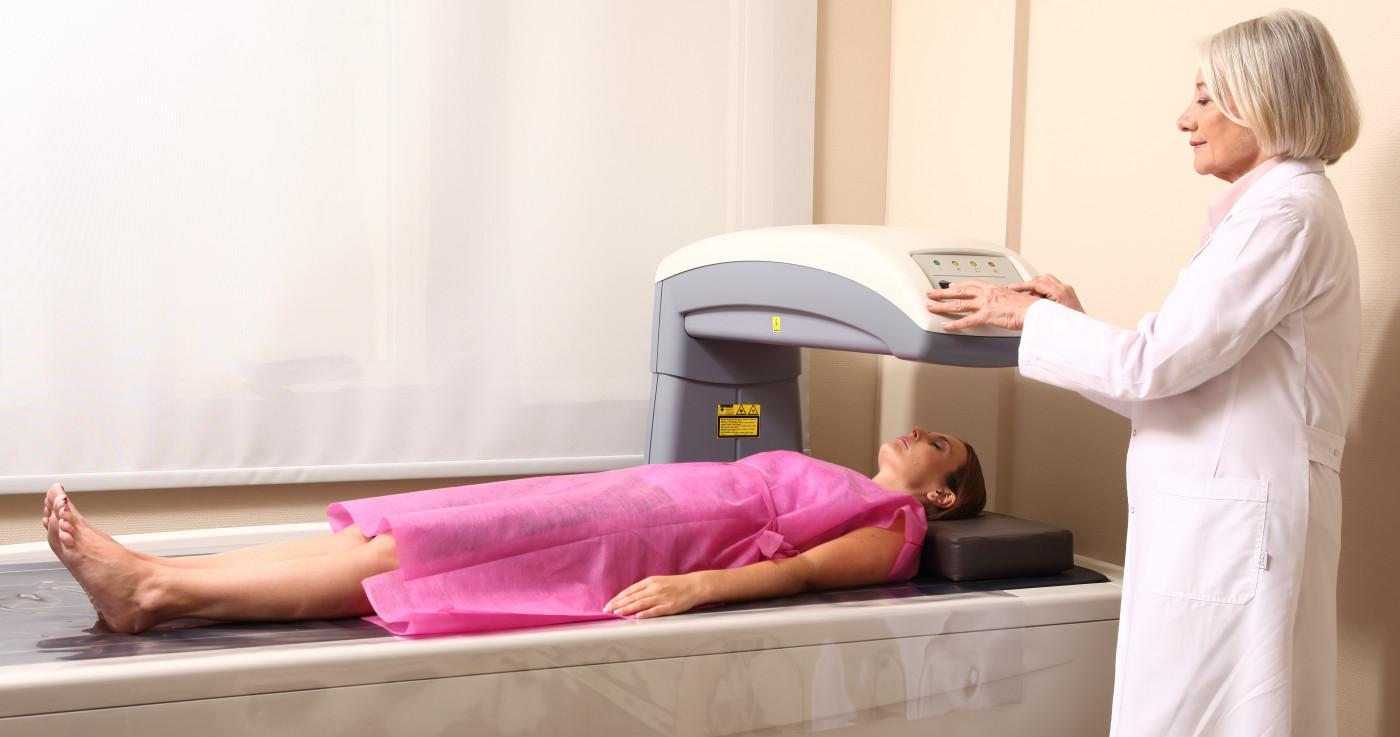Active Inflammation in Bone is Major Risk Factor for AS Patients

Active inflammation in the bone is a major risk factor for bone loss in patients with ankylosing spondylitis.
That finding was in the study “Bone edema on magnetic resonance imaging is highly associated with low bone mineral density in patients with ankylosing spondylitis,” which was published in the open-access journal PLOSone.
In addition to inflammation in the joints, patients with ankylosing spondylitis also suffer often from osteoporosis, a condition characterized by loss of bone and can be measured by bone mineral density.
Osteoporosis is associated with an increased risk of fracture. However, the exact mechanisms and causes of bone loss in ankylosing spondylitis patients have not been fully identified yet.
In early ankylosing spondylitis, inflammation may play a dominant role; in late ankylosing spondylitis, “bamboo-like” spine and ankylosis of the hip joint result in decreased mobility, which may induce osteoporosis.
Lesions of active inflammation in the bone can be seen as areas of increased signal intensity using magnetic resonance imaging (MRI). These areas of inflammation are described as bone marrow edema.
To assess the relationship between bone marrow edema on MRI and bone mineral density in ankylosing spondylitis patients, researchers analyzed a 333 ankylosing spondylitis patients alongside 106 healthy controls. Participants’ average age was 28.5 years in the ankylosing spondylitis group and 29.7 years in the control group. The mean duration of disease was 7.3 years.
Patients with ankylosing spondylitis had significantly lower bone mineral density (19.8% vs 4.7%) and were more prone to osteopenia — bone deterioration occurring prior to osteoporosis — (62.8% vs 4.7%) and osteoporosis (5.7% vs 0%), compared to the healthy control group.
The prevalence of osteoporosis in this patient population was lower than what has been previously reported in the literature, which authors postulate could reflect the younger patient population studied, and shorter period of disease duration. Patients with low bone mineral density also scored higher on several measures of ankylosing spondylitis disease progression.



